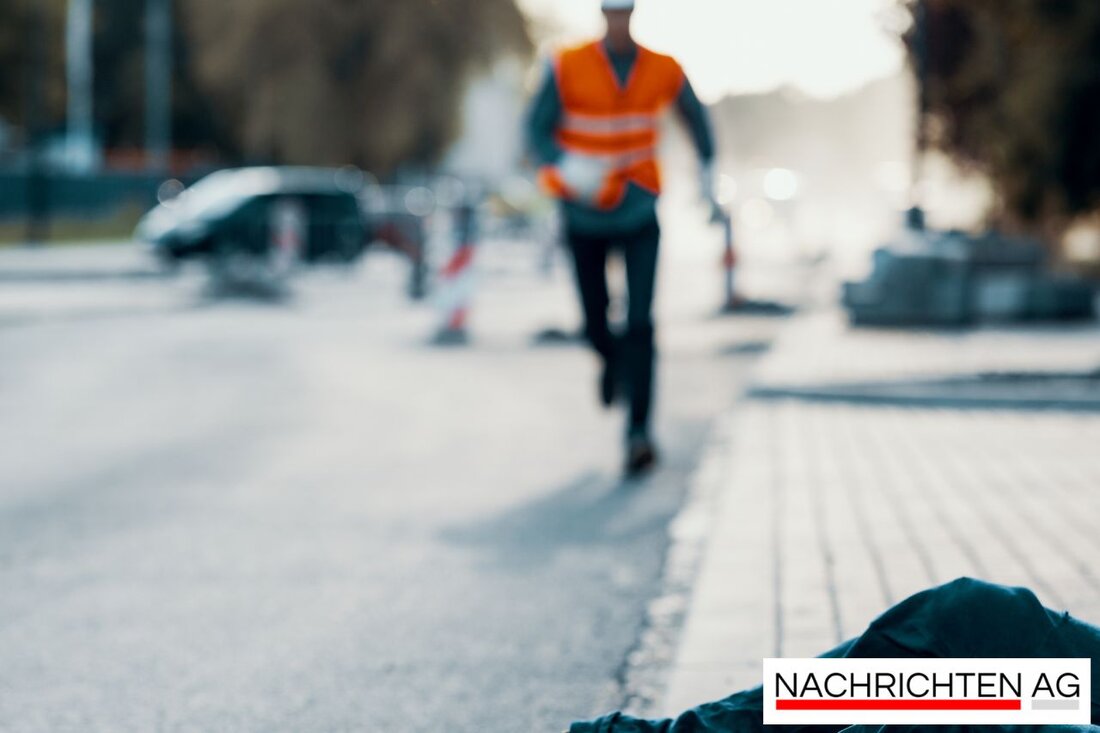Alarming series of accidents on the A19: Eight injured after microsleep
A19 near Leizen: Eight injured after a chain of accidents caused by microsleep. Lockdown has now been lifted.

Alarming series of accidents on the A19: Eight injured after microsleep
A worrying chain of traffic accidents led to a temporary closure of the motorway on Tuesday evening on the A19 near Leizen, in the Mecklenburg Lake District. A total of eight people were injured and the total damage is estimated at around 380,000 euros. The series of accidents clearly demonstrated the dangers that can arise from fatigue and microsleep while driving.
The first accident occurred on Tuesday evening when a driver drove off the road due to microsleep and collided with a truck. Fortunately, there were no injuries. The second accident that followed was much more dramatic: a driver who was under the influence of alcohol drove into a safety trailer that was on the highway due to recovery work from the first accident. This driver suffered minor injuries. The situation escalated further when a third accident occurred shortly before midnight, towards the end of a traffic jam. Here microsleep again led to a collision between three trucks and two cars; Seven people were slightly injured.
Take fatigue at the wheel seriously
The incidents on the A19 highlight the risks posed by tired drivers. According to [adac.de](https://www.adac.de/gesundheit/gesund-unterwegs/strasse/muedigkeit-sekunden Schlaf-auto/), there were 1,902 traffic accidents in Germany in 2023 with personal injury due to fatigue, in which 3,010 people were injured, 42 of them fatally. Drivers who claim to have been tired while driving may be violating Section 315c of the Criminal Code, which can result in severe penalties.
Sleep researchers like Dr. Roland Popp warn that many people do not notice when they are in microsleep. Signs such as burning eyes and frequent yawning should be taken seriously. Anyone who gets behind the wheel after 17 hours of alertness has a reaction capacity that is comparable to driving with an alcohol level of less than 0.5 per mille. To prevent fatigue, experts recommend taking regular breaks, driving well-rested and using fatigue warning devices, which have been mandatory for new vehicle type approvals in the EU since 2022.
Technological solutions to combat fatigue
Not only preventive measures but also technological innovations could increase road safety. Modern vehicles now have systems that recognize tired drivers and request breaks. Emergency braking and lane departure warning systems can also prevent accidents. Rumble strips on highways are another idea to wake up drivers when they are tired, although their widespread implementation is challenging from a cost perspective.
From 2024, all new vehicles must be equipped with attention and drowsiness warnings. The introduction of such systems could significantly reduce the number of accidents caused by microsleep.
It is becoming clear that it is essential to increase awareness of drowsiness at the wheel in order to protect not only yourself but also other road users. The incident on the A19 should serve as a serious warning that people should always be alert and rested when driving to avoid danger and accidents.

 Suche
Suche
 Mein Konto
Mein Konto